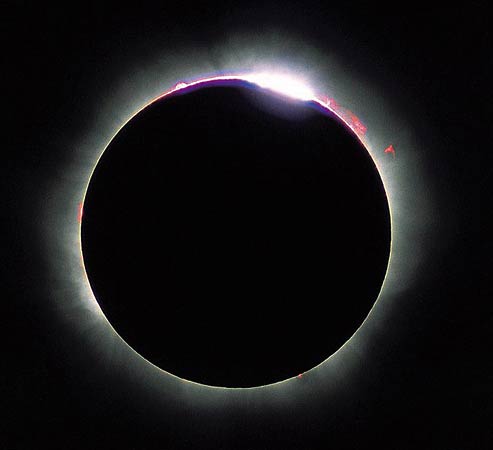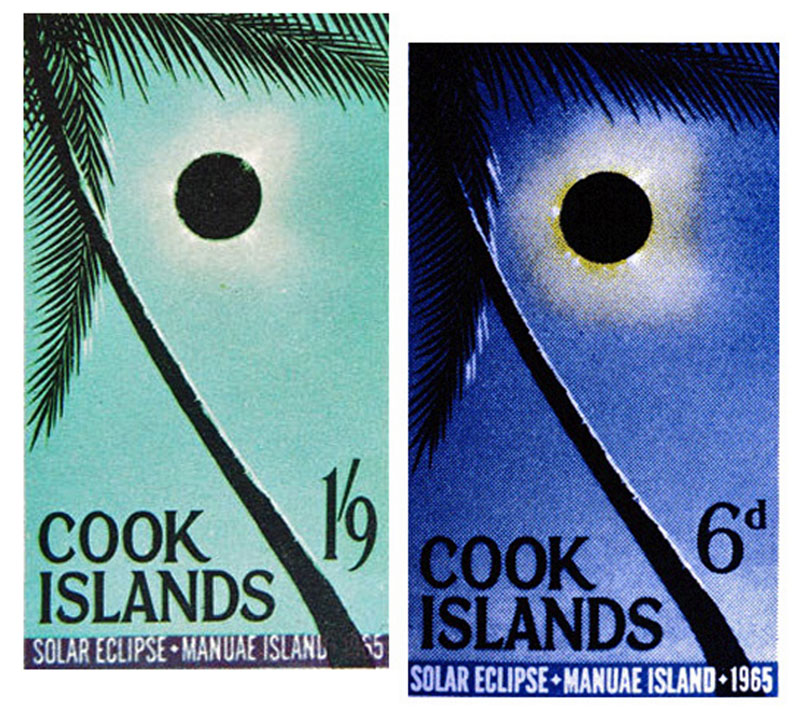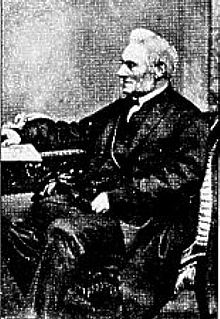ABOUT PENRHYN
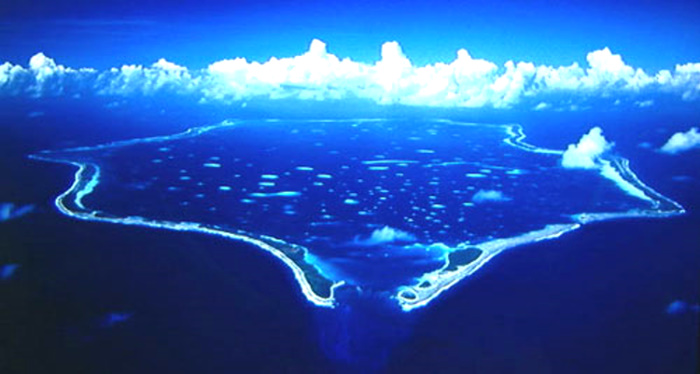
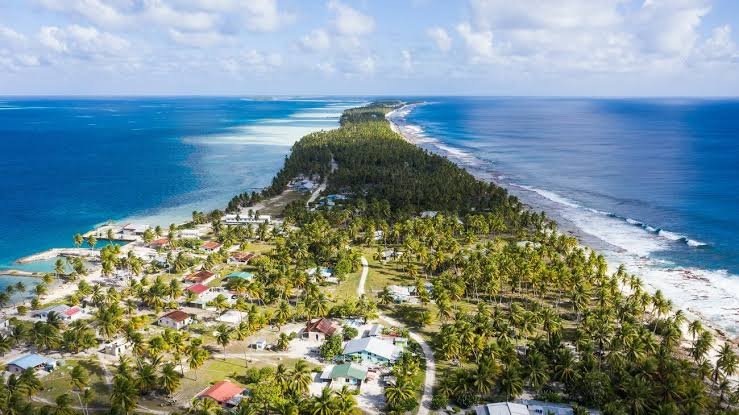
Penrhyn, also known as Tongareva, is just 9 degrees below the equator. And at 11.2 kms (7 miles) wide and 24.1 kms (15 miles) long, it's also the largest atoll in the Cook Islands and one of the largest in the Pacific. It's 1,365 kms/848 mls North by North East of the capital island of Rarotonga and home to just 233 people who live in two settlements. Its stunning lagoon covers 233 sq. kms (90 square miles) or to put it another way...more than the land area of all 15 of the Cook Islands put together. But the land area around the lagoon totals a mere 9.8 sq.kms/3.8 sq. mls
MORE ABOUT PENRHYN
